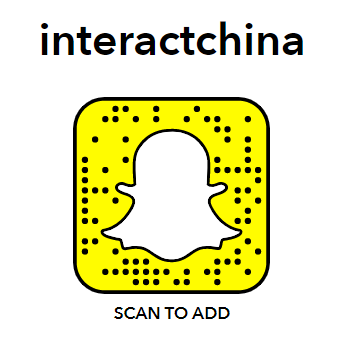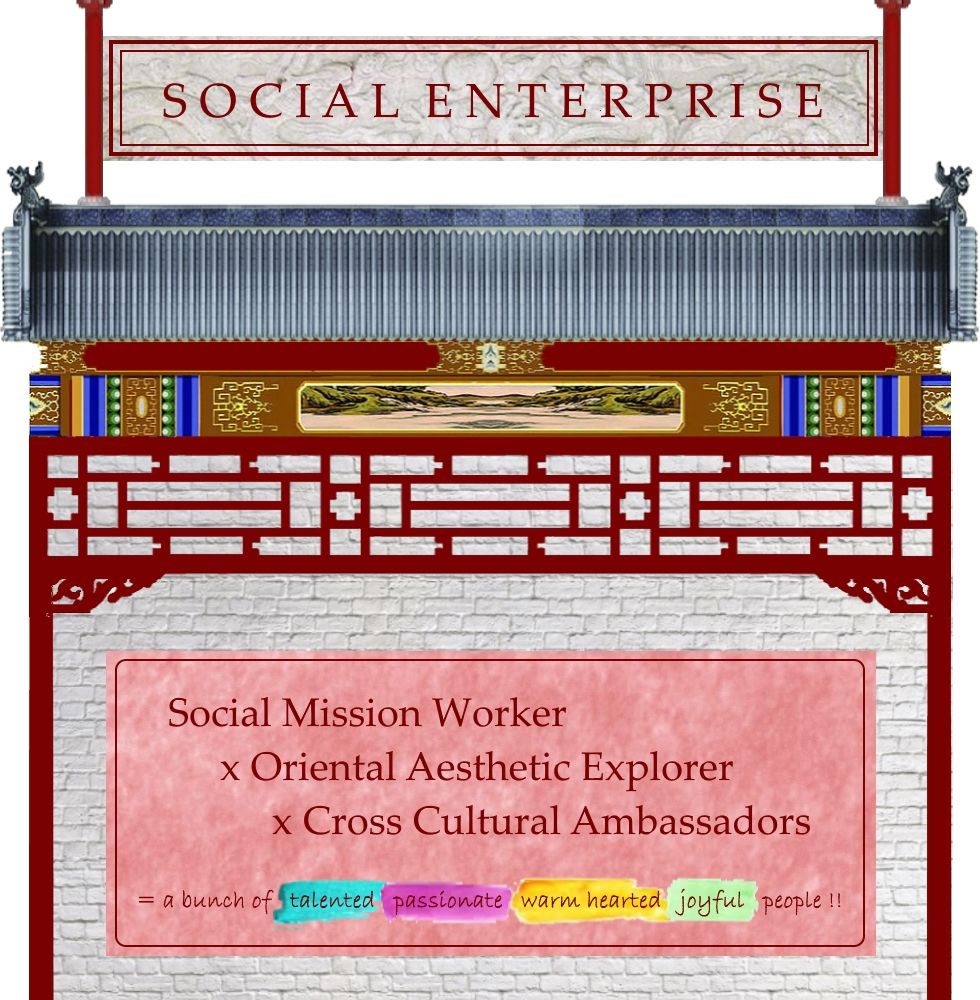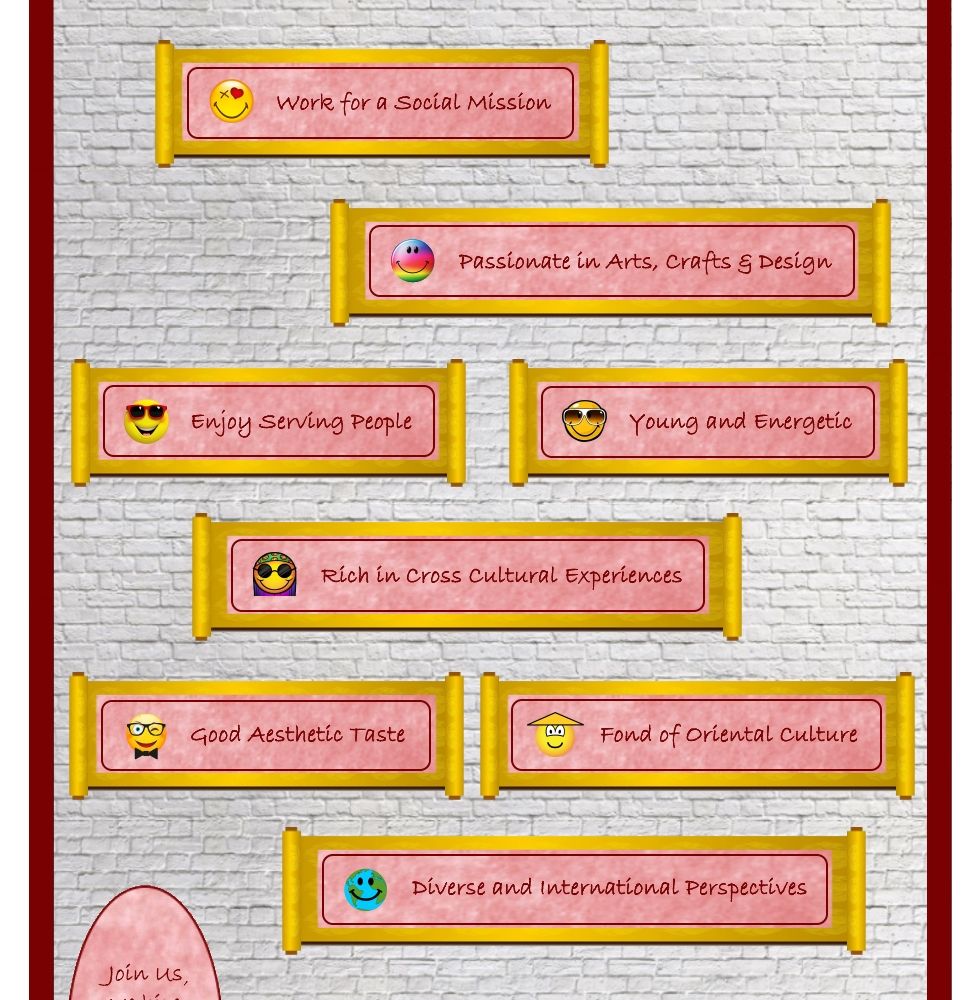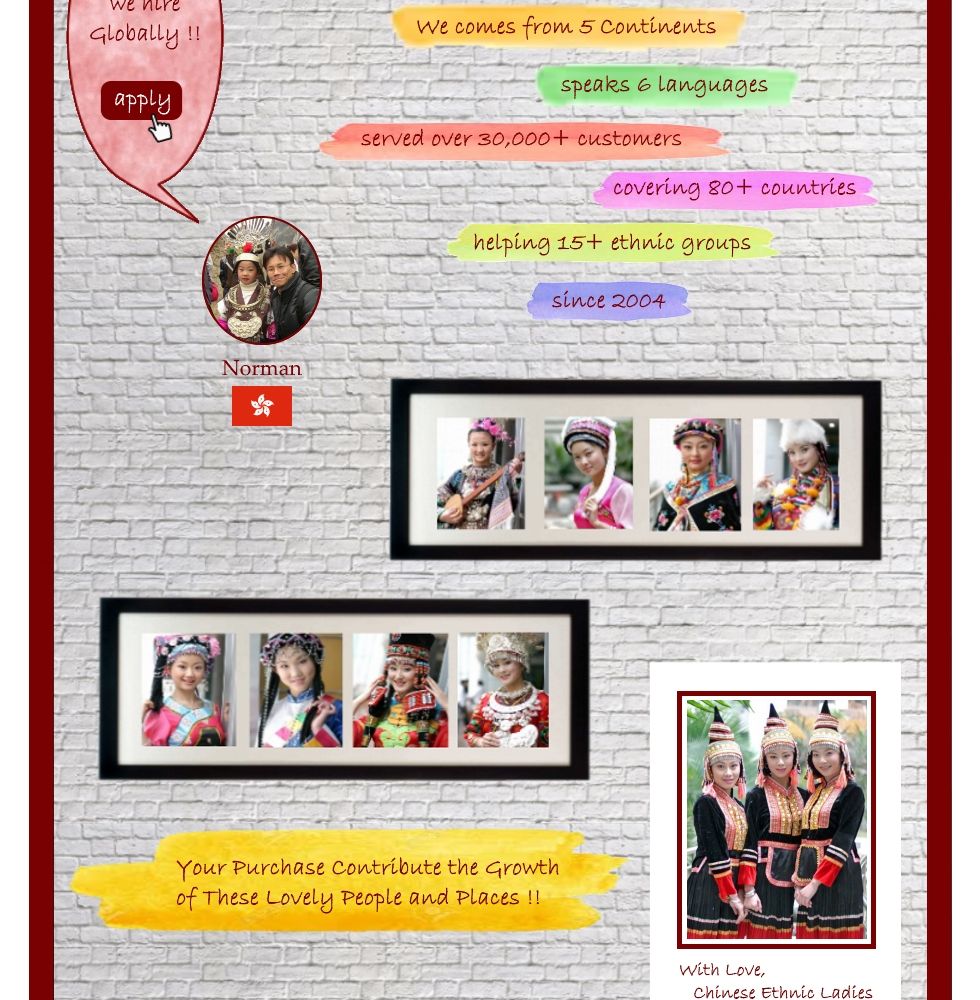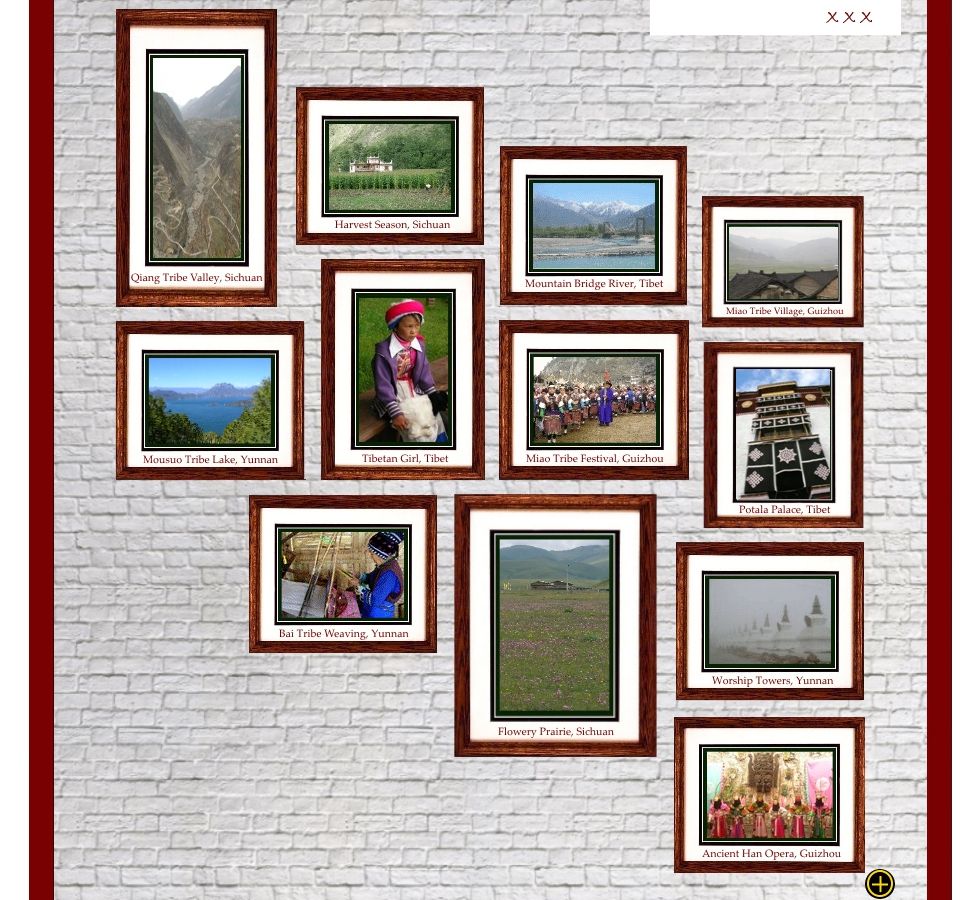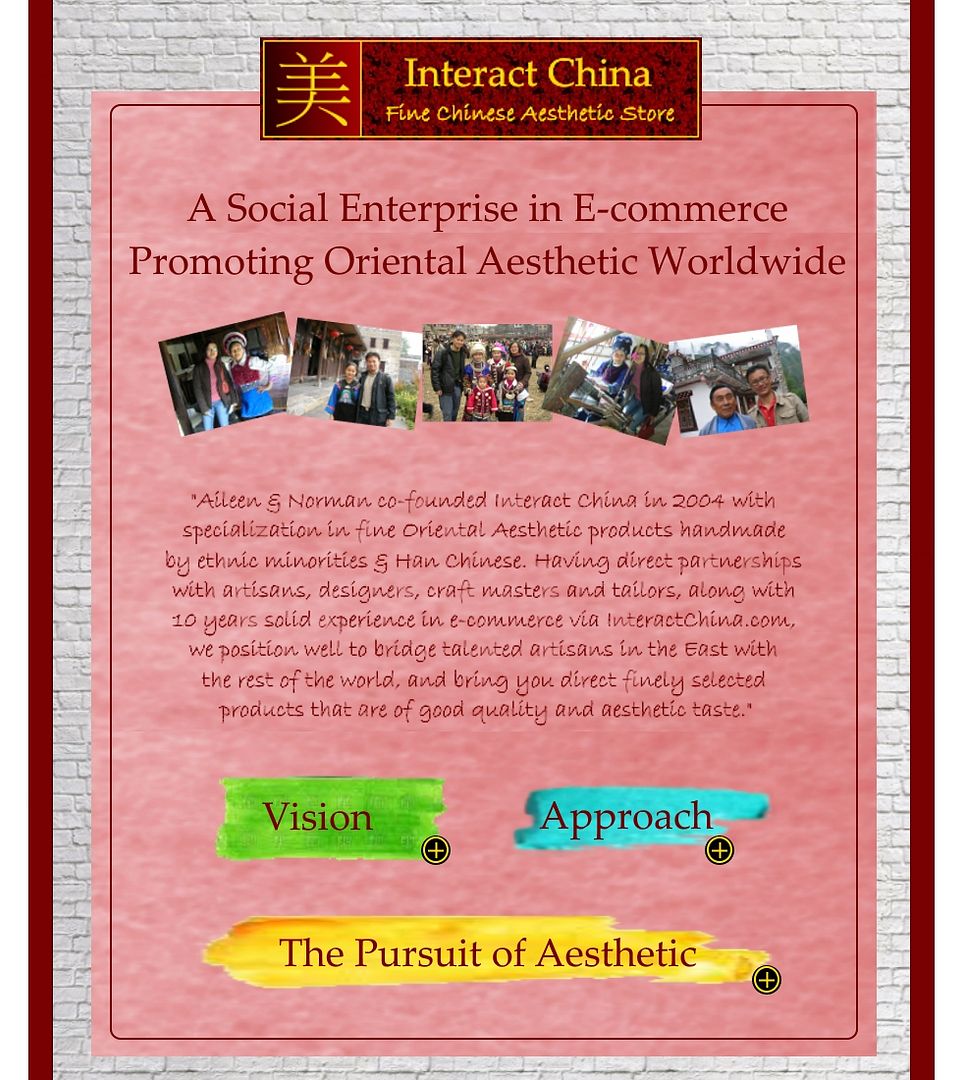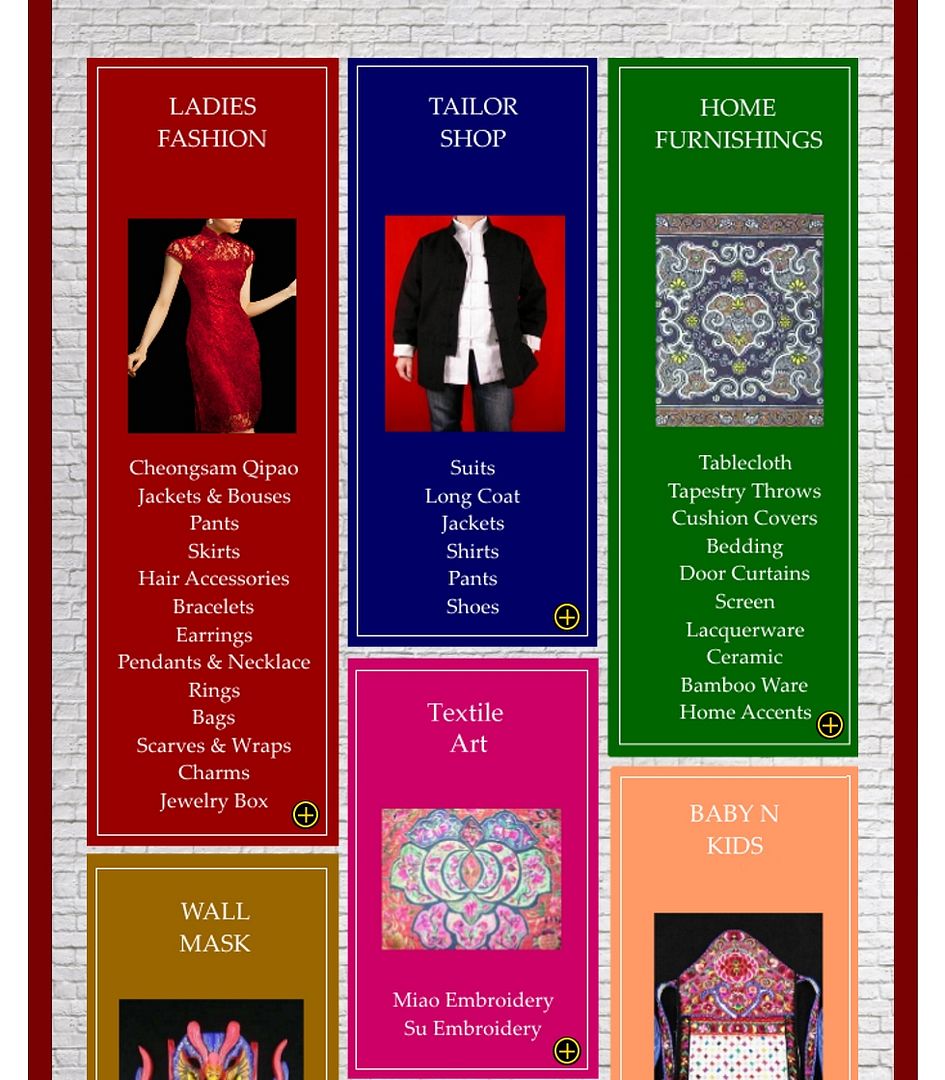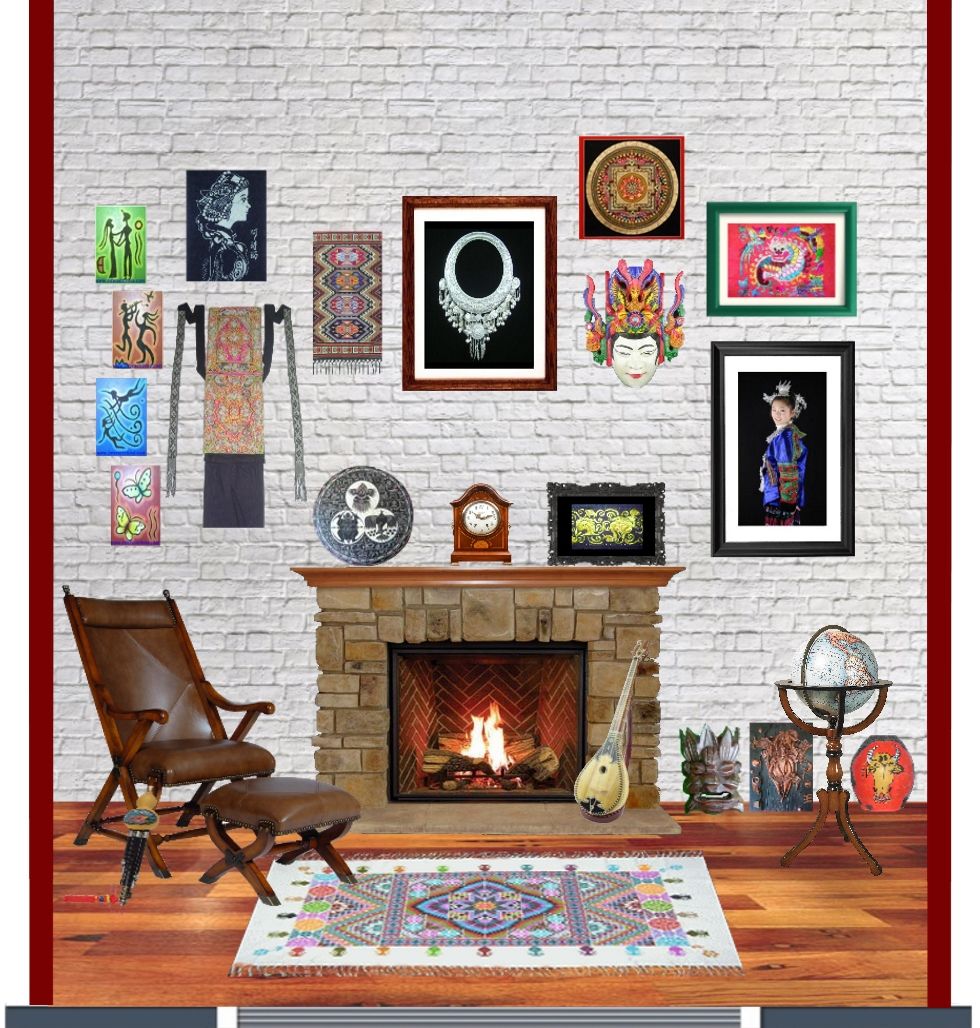Garments Change in China Modern Times
5th Jun 2017
Big Differences between Cities and Countryside
After the 1911 Revolution, the garments changed greatly, and the dresses and the official cap buttons were eliminated. Particularly, hair plait was cut off, but chi-pao / qipao (one-piece mandarin robe) still existed. The Blue Short Gown of schoolgirls was the main style, and it gradually became popular.

Along with the emergence of cinema, film stars became eminent persons gradually. Shanghai City became the fashion center of women’s wear in China. The garments of Guangdong Province and Hong Kong became one of the branches of Shanghai City garments.

Garments during the Republic of China period in (1912-1945)
The government specified formal dresses of men and women in the first year of the Republic of China (1912-1949). Men wore suits which were day suits and evening suits. Day suits were of Western style and Chinese style (e.g. long gown and mandarin jacket). There is collar for women formal dress and was long to the knee with buttons down the front. Skirts were decorated with cartouches in the front and back, both sides were sewn with pleats, and both ends had patterns of knots.
At the wedding ceremony, the urban girls were in full dress of silk, wrapped white gauze over the head and held a white bouquet to celebrate the wedding, while the rural girls still followed the tradition and wore red robes and a hat decorated with jewels, riding in red sedan .
 Girls wearing western style dresses to a wedding in Shanghai
Girls wearing western style dresses to a wedding in Shanghai
During the period of the Republic of China, the government specified new dress code, and men wore western-style clothes and Sun Yat-sen’s uniform (Chinese tunic suit). These two styles of clothes were foreign styles, and most officials and intellectuals more usually wore them. White garments were worn in the summer, but black or dark garments were worn in other seasons. The style with a mandarin jacket over a long gown was still one of the common dressing styles. The student’s clothing with erect collar, three pockets and seven buttons were mainly the uniform of students of universities and colleges. The style with a sleeveless jacket or a waistcoat over a long gown was also a common style. In addition, the common dressing style of rural men and women was a jacket and trousers or covered with a ramie skirt (long or short small skirt fastened on body).

Women’s costume changed greatly during the period, some kept the Qing Dynasty (1644-1840) style of trousers and clothes with curving front, some imitated western-style with a jacket and a skirt, most schoolgirls wore black silk skirts and short jackets that had a large front, a round lower hem and short sleeves to elbow. The common garments of social women were mainly Chi-pao / qipao.
The overall tendency of new garments was in two types: one type was the long Chi-pao / qipao was in solid color and made of fabric with laces and patterns were added to the edges. The small waistcoat and silk scarves were over the jacket. Other than qipao, the upper garment and lower skirt separated for other types of garments.
In the 1920s, people began to wear Chi-pao / qipao whose style was mostly the same as that of the Qing Dynasty. Later, the cuff was reduced gradually, and embroidered edge was not as broad as previously. By the end of the 1920s, dressing style was affected by Europe and America, and the style of chi-pao / qipao changed significantly. By the early 1930s, Chi-pao / qipao was very popular. The main changes of garments in that time were the modifications of collar, sleeves and length. The garments with high collar were popular at first, and the higher collar, the more popular. Gradually, garments with low collars began to be popular, and the lower collar, the more modern. Finally, people wore collarless and sleeveless Chi-pao / qipao.
Influence of Foreign Costumes from 1930s to 1940s
With the import of foreign products into China, western life styles penetrated into the people’s life. Women living in big cities in China began to attend social events in the 1930s and 1940s. This resulted the change of social morals accordingly. Women wore western-style clothing and skirt together with glass and watch, and gloves, looking more modern and romantic. The modern and fashionable dress of Europe and Japan affected Chinese women in terms of short skirts, underwear and colors, etc. More and more women began to imitate them, and some even imitated the simple dressing style of America. Ladies who liked sports always wore red pleated skirts and bras to replace the old-time Dudou (an underwear that was made of red embroidery cloth and hung from the neck with gold or silver chains, it came down from ancient times). In addition, women’s one-piece dress was more popular. During the 1920s-1940s after the founding of the Republic of China, fur coats were still popular in rich families.

The hairstyle with bangs or buns was fashionable at the time. The dressing style of slim coat, black skirt (without embroidery pattern), watch, elliptic sunglasses, cuspidate leather shoes, handbag and umbrella was brought into China by Japanese Ladies. This dressing style, called the dressing style of Free Lady, first appeared in Guangzhou City at the end of the Guangxu reign in Qing Dynasty (1875-1908), showing that their thoughts and behaviors were open.
The influence of western-style garments in China mainly appeared after the World War II. Many Chinese students studying abroad went to famous cities of Europe and America to seek spouses, so they brought the oriental ornaments to western countries and took western garments and adornments back to China.
The big inflow of foreign cheap goods greatly oppressed the production and consumption of Chinese goods of the same kind, and the sales of Chinese goods went sluggish for a time. In order to open the sales channels of Chinese garments, relevant personages held the Fashion Show of Chinese Garments at the Shanghai Dahua Restaurant on January 9, 1930. It can be considered the first fashion show in China.
(source: http://traditions.cultural-china.com/en/15Traditions7951.html)
About Interact China
“A Social Enterprise in E-commerce Promoting Oriental Aesthetic Worldwide”
Aileen & Norman co-founded Interact China in 2004 with specialization in fine Oriental Aesthetic products handmade by ethnic minorities & Han Chinese. Having direct partnerships with artisans, designers, craft masters and tailors, along with 10 years solid experience in e-commerce via InteractChina.com, we position well to bridge talented artisans in the East with the rest of the world, and bring you direct finely selected products that are of good quality and aesthetic taste.
So far we carry 3000+ goods covering Ladies Fashion, Kungfu Clothing, Home Furnishings, Babies & Kids, Painting Arts, Textile Arts, Carving Arts, Tribal Jewelry Art, Wall Masks and Musical Instruments. Our team speak English, French, German, Spanish and Italian, and serve customers worldwide with passion and hearts.
P.S. We Need People with Similar Passion to Join Our Blogging Team!
If you have passion to write about Oriental Aesthetic in Fashion, Home Decor, Art & Crafts, Culture, Music, Books, and Charity, please contact us at bloggers@interactchina.com, we would love to hear from you!






